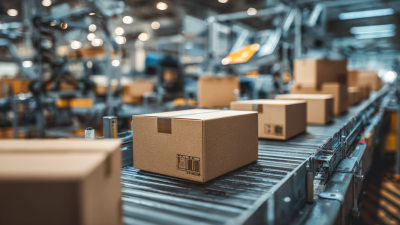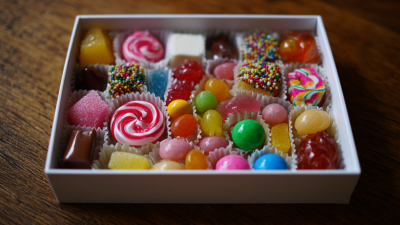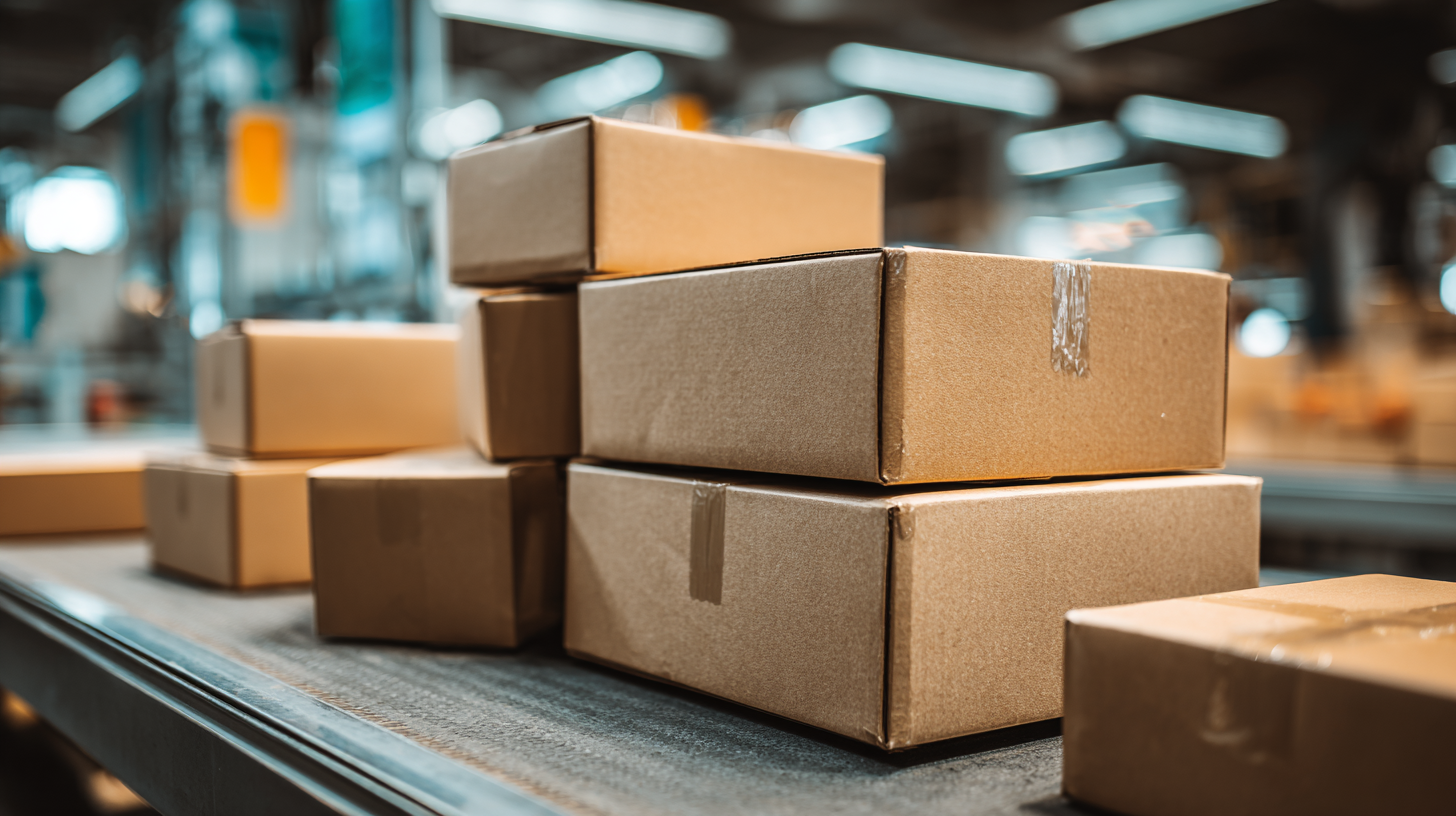 The 138th China Import and Export Fair in 2025 serves as a remarkable platform for showcasing the latest innovations in Packaging Box designs and solutions. As a pivotal event in the global trade landscape, this fair attracts a
diverse array of exhibitors and visitors eager to explore cutting-edge packaging technologies that enhance product safety, sustainability, and consumer appeal. The focus on Packaging Box innovations reflects the industry's
response to evolving market demands and environmental concerns, highlighting advancements in materials and design that cater to modern logistical challenges. Attendees will have the opportunity to engage with industry leaders, witness live demonstrations
of innovative packaging solutions, and participate in discussions around the future of packaging in a rapidly changing economic climate. This exploration of Packaging Box advancements is paramount as businesses seek to
differentiate their products and appeal to increasingly conscious consumers, making the event a crucial stop for stakeholders in the packaging sector.
The 138th China Import and Export Fair in 2025 serves as a remarkable platform for showcasing the latest innovations in Packaging Box designs and solutions. As a pivotal event in the global trade landscape, this fair attracts a
diverse array of exhibitors and visitors eager to explore cutting-edge packaging technologies that enhance product safety, sustainability, and consumer appeal. The focus on Packaging Box innovations reflects the industry's
response to evolving market demands and environmental concerns, highlighting advancements in materials and design that cater to modern logistical challenges. Attendees will have the opportunity to engage with industry leaders, witness live demonstrations
of innovative packaging solutions, and participate in discussions around the future of packaging in a rapidly changing economic climate. This exploration of Packaging Box advancements is paramount as businesses seek to
differentiate their products and appeal to increasingly conscious consumers, making the event a crucial stop for stakeholders in the packaging sector.
At the 138th China Import and Export Fair in 2025, innovative packaging trends took center stage, reflecting the industry's response to evolving consumer demands and sustainability goals. The global packaging market is projected to reach $1 trillion by 2026, with a significant portion of that growth driven by advancements in eco-friendly materials. According to a recent report by Smithers Pira, sustainable packaging solutions have seen an annual growth rate of 4.5%. Exhibitors at the fair showcased a variety of biodegradable materials and innovative design concepts that minimize waste while optimizing functionality.
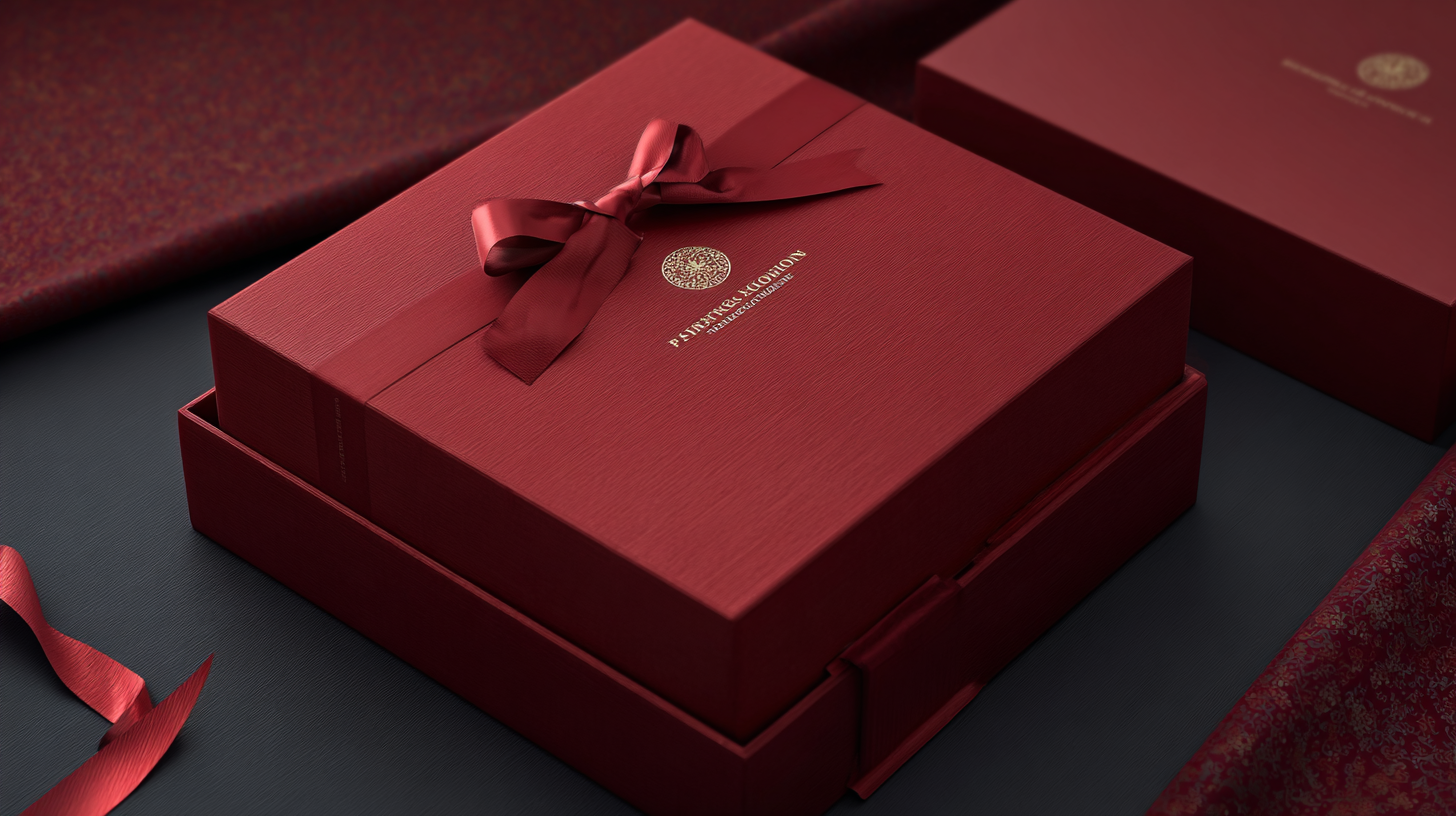
Additionally, the integration of smart technology into packaging was a prominent theme throughout the event. Smart packaging, which includes QR codes and NFC technology, allows brands to enhance consumer interaction and provide real-time information about products. A survey conducted by MarketsandMarkets estimates the smart packaging market will reach $50 billion by 2027, demonstrating the growing interest in these advanced solutions. Companies at the fair demonstrated how smart packaging can improve tracking and transparency in supply chains, appealing to modern consumers who prioritize sustainability and convenience.
The 138th China Import and Export Fair in 2025 showcased remarkable advancements in packaging design, particularly focusing on sustainable materials and eco-friendly solutions. As consumers increasingly prioritize sustainability, designers are responding with innovative packaging that minimizes environmental impact. Biodegradable plastics, compostable materials, and recycled paper products are becoming prominent choices for brands looking to align with eco-conscious values. This shift not only supports the planet but also enhances brand loyalty among environmentally aware consumers.
Tips for Embracing Sustainable Packaging:
By adopting these eco-friendly solutions, businesses can contribute significantly to a greener future while also driving innovation in packaging design. The insights gained from the fair highlight the importance of balancing functionality, aesthetics, and sustainability, establishing a new standard for the industry.
At the 138th China Import and Export Fair in 2025, the spotlight on smart packaging technologies reflects a significant shift in consumer experience. As consumer expectations evolve, smart packaging is emerging as a critical element in enhancing engagement and driving innovation across industries. According to recent research, the global smart packaging market is anticipated to reach USD 510 billion by 2026, growing at a CAGR of 5.7% from 2021. This rapid growth underscores the increasing importance of integrating advanced technologies such as the Internet of Things (IoT), artificial intelligence (AI), and blockchain into packaging solutions.
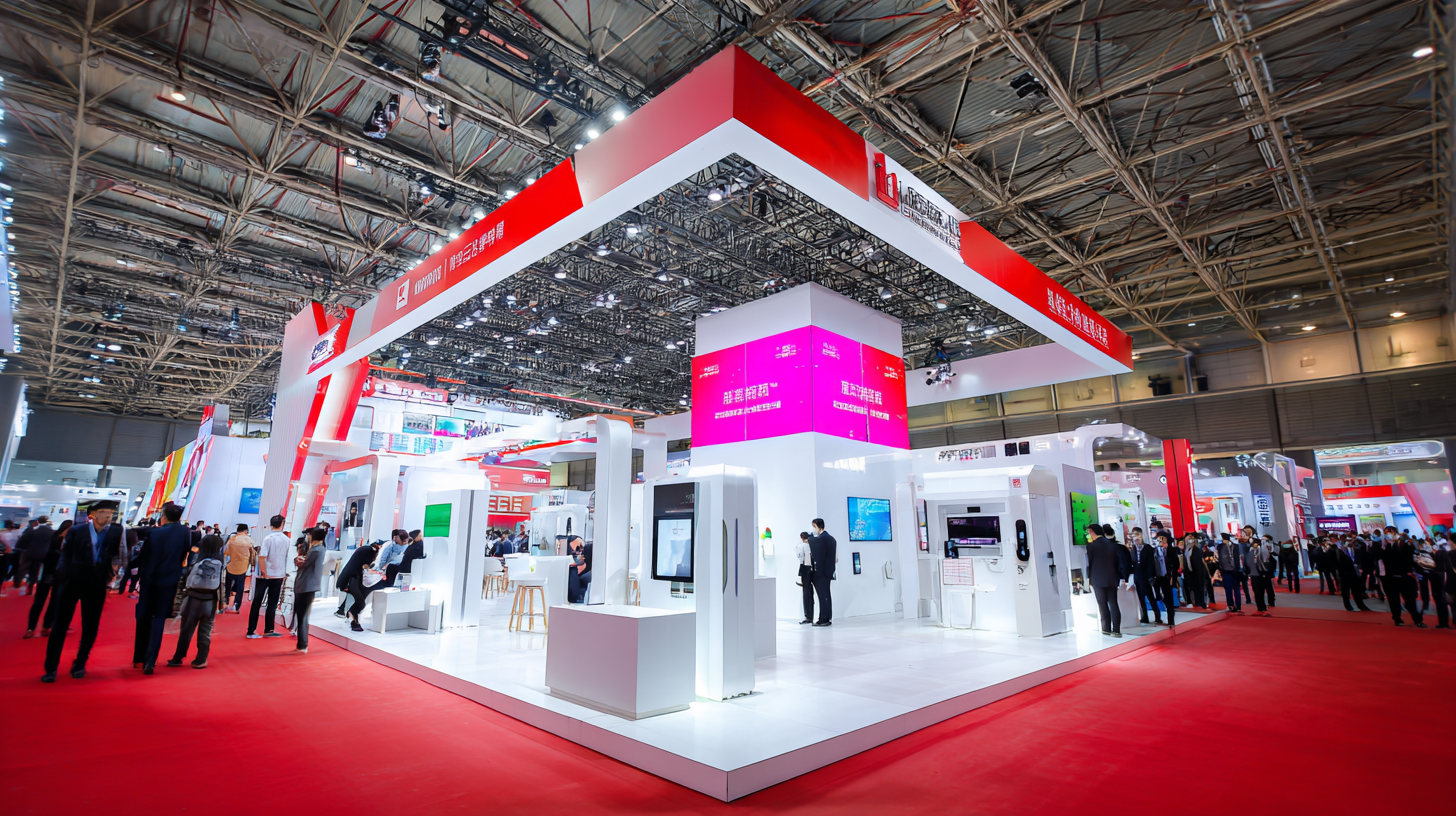
The impact of augmented reality (AR) in packaging design cannot be overstated. As brands leverage AR technology to create interactive experiences, packaging becomes more than just a container; it turns into a dynamic communication channel that resonates with consumers. Studies indicate that companies implementing smart and interactive packaging have seen engagement rates rise by up to 60%. Furthermore, connected packaging is revolutionizing the food industry by offering real-time information about product freshness and safety, fundamentally transforming how consumers interact with products. As we progress towards 2025, these innovations suggest that packaging will play a pivotal role in creating more sustainable and interactive consumer experiences.
At the 138th China Import and Export Fair in 2025, the packaging box industry is poised for transformative changes, with customization and personalization leading the charge. In recent years, consumer demand for unique and tailored experiences has surged, compelling brands to rethink their packaging strategies. According to a recent report by Smithers Pira, the global market for customized packaging is projected to reach $450 billion by 2025, growing at a CAGR of 5.5%. This unprecedented growth reflects a shift towards consumer-centric solutions that enhance brand identity and foster customer loyalty.
Personalization in packaging goes beyond aesthetics; it encompasses the entire unboxing experience. Data from Nielsen indicates that 72% of consumers are more likely to make a purchase if the packaging can be customized to their preferences. This trend is particularly pronounced among younger demographics, who value the emotional connection with brands. Innovations such as digital printing technology allow for on-demand customization, enabling brands to produce limited editions or tailor messages for specific consumer segments. As companies participate in the fair, we expect to see a myriad of creative packaging solutions that not only protect products but also speak directly to the individuality of each customer.
The 138th China Import and Export Fair in 2025 serves as a significant platform to explore the dynamic trends shaping the packaging industry, particularly in response to emerging market demands. As consumers become increasingly environmentally conscious and health-oriented, packaging innovations have evolved to meet these new criteria. Companies are investing in sustainable materials and designs that not only reduce environmental impact but also enhance product safety and accessibility. This shift is reflected in the development of biodegradable packaging solutions and smart packaging technologies that offer real-time insights into product freshness.
Moreover, the growing demand for personalization in consumer products drives brands to rethink their packaging strategies. Customizable packaging that resonates with individual preferences and cultural values is becoming a key focus. This trend is particularly prominent in the cosmetics and food industries, where unique, aesthetically pleasing packaging can significantly influence purchasing decisions. As the fair showcases these innovations, it highlights the critical role that packaging plays not just in functionality but also as a powerful marketing tool that can foster brand loyalty in an ever-competitive marketplace.


